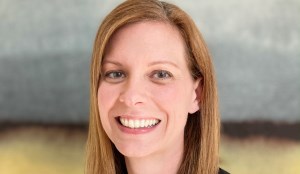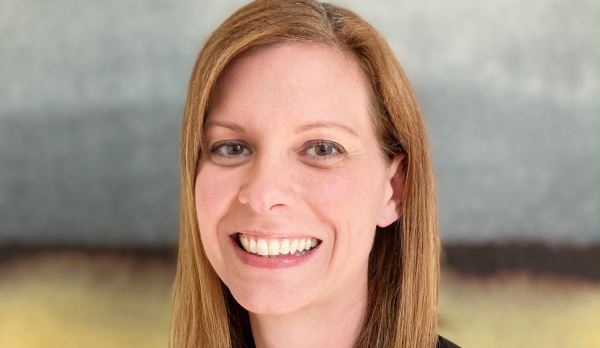Researchers at the University of Sydney are using innovative machine learning techniques to develop a “virtual expert” diagnostic tool to assist in the diagnosis of vertigo.
The new tool uses Artificial Intelligence (AI) to help diagnose conditions which cause vertigo.
This means communities in country areas will soon have greater access to specialist health support.
Dr Allison Young, a leading researcher at the University of Sydney, has been awarded a fellowship worth $191,000 by the Passe and Williams Foundation to support her work in collaboration with clinicians, data scientists and statisticians.
The vertigo project is being undertaken in the laboratory of A/Prof Miriam Welgampola at the University.
Designed to be used in the hospital emergency room, general practice and otolaryngology or neurology outpatient clinics, the tool will allow diagnosis to be accomplished by undertaking a simple eye examination for abnormal eye-movements, alongside the results of inner-ear balance tests.
Vertigo is a common, disabling and undertreated symptom arising from disorders affecting the inner balance organs and their connections with the brainstem and cerebellum, with 40% of people likely to experience it at least once in their lifetime. Currently, the diagnosis and treatment of vertigo is performed primarily by specialists who represent only 1% of the doctors in Australia.
Extensive research
In the first 12 months of the AI formulation, a pre-existing dataset will be analysed including 12,000 patient histories, examination findings and vestibular test results. Recordings of the six most common causes of vertigo will be collated.
The research is being conducted in collaboration with Dr Mukesh Prasad from University of Technology Sydney.
The new tool will be accessible via a visual dashboard on a laptop or desktop for the use of healthcare professionals.
In the subsequent 12 months, datasets will be collected from 4000 patients recruited from otolaryngology and neurology clinics and the ER at the Royal Prince Alfred Hospital, to provide a validation dataset. This will test the accuracy of the prototype.
“We will then build the Artificial Intelligence prototype model,” explains Dr Young.
“Machine learning techniques will help us to develop an algorithm to more precisely analyse, classify, cluster, and predict the diagnosis of vertigo in patients, which will be particularly useful for GPs.”
Ground-breaking technology
Dr Jeanette Pritchard, CEO of the Passe and Williams Foundation said: “This ground-breaking technology will be of enormous benefit to people who are living in rural and remote regions across Australia who currently need to travel to their nearest capital city – and take time off work – to receive a diagnosis. This will not only reduce pressure on the healthcare system but also the patient.”
Last year, Canadian born Dr Young received a Postgraduate Research Scholarship in Oculomotor Physiology and the University of Sydney Postgraduate Award.
Her doctoral research investigated the nystagmus patterns of acute vertigo syndromes and led to the development and validation of the first vestibular home event-monitoring system.


